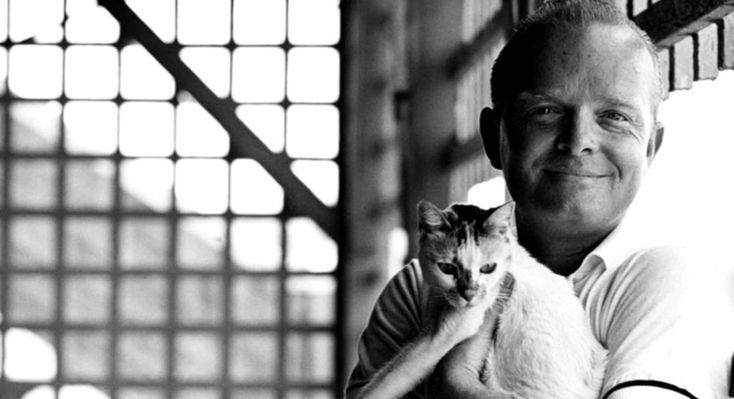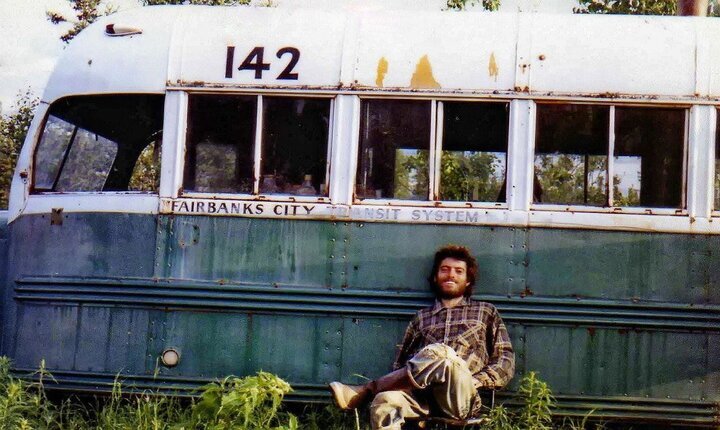Общественное животное: введение в социальную психологию - Эллиот Аронсон
Книгу Общественное животное: введение в социальную психологию - Эллиот Аронсон читаем онлайн бесплатно полную версию! Чтобы начать читать не надо регистрации. Напомним, что читать онлайн вы можете не только на компьютере, но и на андроид (Android), iPhone и iPad. Приятного чтения!
Шрифт:
Интервал:
Закладка:
378
Sears, R., Maccoby, E., & Levin, H. (1957). Patterns of child rearing. Evanston, IL: Row, Peterson. Baumrind, D. (1966). Effects of authoritative parental control on child behavior. Child Development, 37, 887–907. Becker, W. (1964). Consequences of different kinds of parental discipline. In M.L.Hoffman and L.W.Hoffman (Eds.), Review of Child Development Research (Vol. 1). New York: Russell Sage. Owens, D., & Straus, M. (1975). The social structure of violence in childhood and approval of violence as an adult. Aggressive Behavior, 1, 193–211.
379
Hamblin, R., Buckholt, D., Bushell, D., Ellis, D., & Ferritor, D. (1969, January). Changing the game from «get the teacher» to «learn». Trans-Action, pp. 20–31.
380
Haney, С. (1979).A psychologist looks at the criminal justice system. In A. Calvin (Ed.), Challenges and alternatives to the American criminal justice system (pp. 77–85). Ann Arbor, MI: University International Press.
381
Eichmann, C. (1966). The impact of the Gideon decision on crime and sentencing in Florida. Tallahassee, FL: Division of Corrections Publications.
382
Haney, C., Banks, C., & Zimbardo, P. (1973). Interpersonal dynamics in a simulated prison. International Journal of Criminology and Penology, /, 69–97.
383
Aronson, E., & Carlsmith, J.M. (1963). The effect of severity of threat on the devaluation of forbidden behavior. Journal of Abnormal and Social Psychology, 66, 584–588. Freedman, J. (1965). Long-term behavioral effects of cognitive dissonance. Journal of Experimental and Social Psychology, 1, 145–155.
384
Olweus, D. (1991). Bully/victim problems among school-children: Basic facts and effects of a school-based intervention program. In D. Pepler & K. Rubin (Eds.), The development and treatment of childhood aggression (pp. 411–448). Hilisdale, NJ: Eribaum.
385
U.S. President’s Commission on Law Enforcement and Administration of Justice. (1967). The challenge of crime in a free society: A report. Washington, D.C.: U.S. Government Printing Office.
386
Bandura, A., Ross, D., & Ross, S. (1963). Imitation of film-mediated aggressive models. Journal of Abnormal and Social Psychology, 66, 3–11. Bandura, A., Ross, D., & Ross, S. (1963). Vicarious reinforcement and imitative learning. Journal of Abnormal and Social Psychology, 67,601–607.
387
Brown, P., & Elliot, R. (1965). Control of aggression in a nursery school class. Journal of Experimental Child Psychology, 2, 103–107.
388
Davits, J. (1952). The effects of previous training on postfrustration behavior. Journal of Abnormal and Social Psychology, 47, 309–315.
389
Baron, R.A., & Kepner, C.R. (1970). Model’s behavior and attraction toward the model as determinants of adult aggressive behavior. Journal of Personality and Social Psychology, 14,335–344.
390
Baron, R.A. (1976). The reduction of human aggression: A field study of the influence of incompatible reactions. Journal of Applied Social Psychology, 6, 260–274.
391
Feshbach, S. (1971). Dynamics and morality of violence and aggression: Some psychological considerations. American Psychologist, 26, 281–292.
392
Michener, J. (1971). Kent State: What happened and why. New York: Random House.
393
Feshbach, N., & Feshbach, S. (1969). The relationship between empathy and aggression in two age groups. Development Psychology, 1, 102–107.
394
Feshbach, N. (1978, March). Empathy training: A field study in affective education. Paper presented at the American Educational Research Association, Toronto, Ontario, Canada. Feshbach, N., & Feshbach, S. (1981, April). Empathy training and the regulation of aggression: Potentialities and limitations. Paper presented at the convention of the Western Psychological Association.
395
Hammock, G.S., & Richardson, D.R. (1992). Aggression as one response to conflict. Journal of Applied Social Psychology, 22, 298–311.
396
Poussaint, Л. (1971), A Negro psychiatrist explains the Negro psyche, in Confrontation (pp. 183–184). New York: Random House.
397
Clark, K., & Clark, M. (1947). Racial identification and preference in Negro children. In T.M. Newcomb and E.L. Hartley (Eds.), Readings in Social Psychology (pp. 169–178). New York: Holt.
398
Goldberg, P. (1968, April). Are women prejudiced against women? Trans-Action, pp. 28–30.
399
Jemmott, J.B., & Consoles, E. (1989). Social status, the status distribution, and performance in small groups. Journal of Applied Social Psychology, 19, 584–598.
400
Hraba, J., & Grant, G. (1970). Black is beautiful: A reexamination of racial prejudice and identification. Journal of Personality and Social Psychology, 16, 398–402. Banks, С. (1976). White preference in blacks: A paradigm in search of a phenomenon. Psychological Bulletin, 83, 1179–1186. Ward, С. (1979). Differential evaluation of male and female expertise: Prejudice against women? British Journal of Social and Clinical Psychology, 18, 65–69. Ward, С. (1981). Prejudice against women: Who, when, and why? Sex Roles, 7, 163–171.
401
Petfigrew, Т.Е. (1989). The nature of modern racism in the United States. Revue Internationale de Psychologie Sociale, 2, 291–303.
402
Time, February 2, 1987, pp. 18–21.
403
AIlporf, G. (1954, 1980). The nature of prejudice {p. 13). Reading, MA:Addison-Wesley.
404
Newsweek, November 25, 1974, p. 39.
405
Neugarten,B. (1946). Social class and friendship among schoolchildren. American Journal ofSociology, 5/, 305–313.
406
Bond, C.F., Jr., DiCandia, C.G., & MacKinnon, J.R. (1988). Response to violence in a psychiatric setting: The role of the patient’s race. Personality and Social Psychology Bulletin, 14,448–458.
407
Bodenhausen, G., & Wyer, R.
Прочитали книгу? Предлагаем вам поделится своим отзывом от прочитанного(прослушанного)! Ваш отзыв будет полезен читателям, которые еще только собираются познакомиться с произведением.
Уважаемые читатели, слушатели и просто посетители нашей библиотеки! Просим Вас придерживаться определенных правил при комментировании литературных произведений.
- 1. Просьба отказаться от дискриминационных высказываний. Мы защищаем право наших читателей свободно выражать свою точку зрения. Вместе с тем мы не терпим агрессии. На сайте запрещено оставлять комментарий, который содержит унизительные высказывания или призывы к насилию по отношению к отдельным лицам или группам людей на основании их расы, этнического происхождения, вероисповедания, недееспособности, пола, возраста, статуса ветерана, касты или сексуальной ориентации.
- 2. Просьба отказаться от оскорблений, угроз и запугиваний.
- 3. Просьба отказаться от нецензурной лексики.
- 4. Просьба вести себя максимально корректно как по отношению к авторам, так и по отношению к другим читателям и их комментариям.
Надеемся на Ваше понимание и благоразумие. С уважением, администратор knigkindom.ru.
Оставить комментарий
-
 Гость Светлана23 ноябрь 13:52
Как раз тот случай, когда героиня кроме раздражения ничего не вызывает. Читала другие книги Майер и ощущение, что писал кто -то...
Ты еще маленькая - Кристина Майер
Гость Светлана23 ноябрь 13:52
Как раз тот случай, когда героиня кроме раздражения ничего не вызывает. Читала другие книги Майер и ощущение, что писал кто -то...
Ты еще маленькая - Кристина Майер
-
 Гость Евгения17 ноябрь 16:05
Читать интересно. Очень хороший перевод. ...
Знаки - Дэвид Бальдаччи
Гость Евгения17 ноябрь 16:05
Читать интересно. Очень хороший перевод. ...
Знаки - Дэвид Бальдаччи
-
 Юлианна16 ноябрь 23:06
Читаю эту книгу и хочется плакать. К сожалению, перевод сделан chatGPT или Google translator. Как иначе объяснить, что о докторе...
Тайна из тайн - Дэн Браун
Юлианна16 ноябрь 23:06
Читаю эту книгу и хочется плакать. К сожалению, перевод сделан chatGPT или Google translator. Как иначе объяснить, что о докторе...
Тайна из тайн - Дэн Браун










